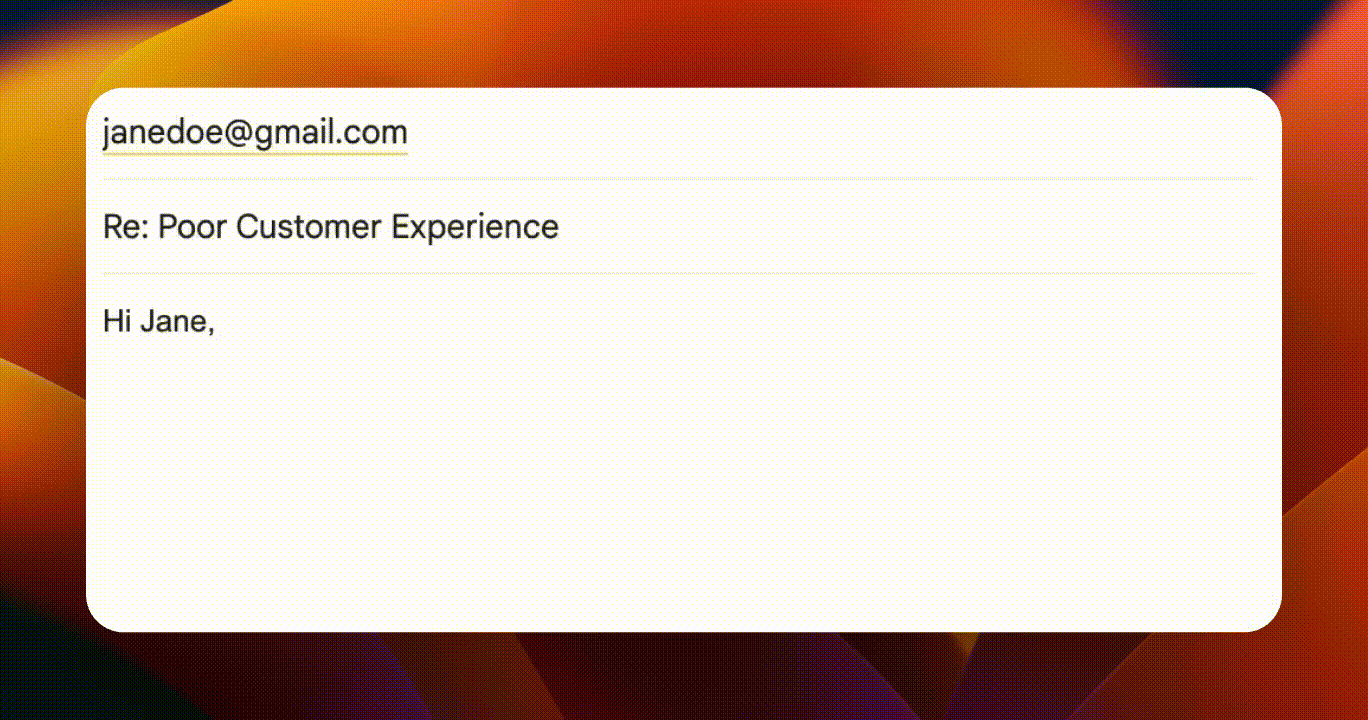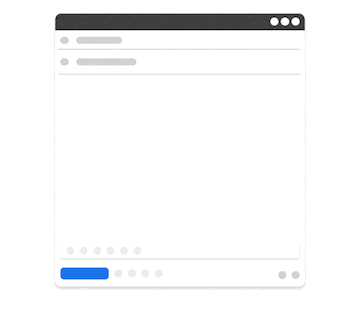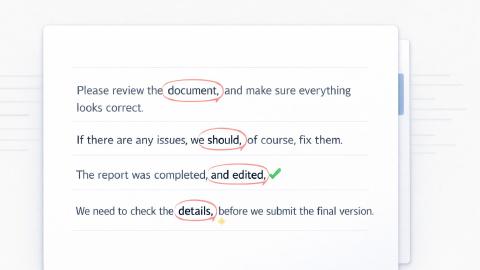Best Responses to Rude Customers in 2026
Use these best responses to rude customers to remain professional when communicating with customers.
In the realm of customer service, encountering rude customers is an inevitable part of the job that tests even the most experienced support agents.
Research shows that 78% of people report dealing with rude customers at least once a month.
Handling these interactions with grace and effectiveness is a skill set on its own, vital for maintaining both the reputation of the company and the satisfaction of the customer.
This blog post is designed to equip customer support professionals with the tools and language needed to navigate the tricky waters of dealing with difficult customers.
Through practical advice and easy-to-understand strategies, we'll delve into how to de-escalate conflicts, provide professional and smart responses, and ultimately, transform challenging interactions into opportunities for positive engagement.
How to Deal With Rude Customers (Professionally)
Handling rude customers professionally is a crucial skill for every customer support agent, especially in live chat scenarios. It's not just about keeping the peace; it's about turning potentially negative experiences into positive outcomes.
Below are some practical tips designed to help you navigate these tricky situations effectively:
Listen Actively: Make sure to give the customer your full attention. Listening without interrupting can often calm a tense situation, as it shows the customer you are genuinely interested in their problem and are there to help.
Acknowledge and Empathize: Recognizing the customer's frustrations makes them feel heard. Using empathy statements can go a long way.
Stay Calm and Professional: Keeping your cool under pressure is key. Your calmness can help de-escalate the situation, encouraging the customer to mirror your demeanor.
Offer Solutions, Not Excuses: Focus on what you can do to resolve the issue rather than what caused it. This forward-looking approach can pivot the conversation towards a positive outcome.
Use Clear and Simple Language: Avoid industry jargon or technical terms that could confuse the customer further. Clear communication is essential for understanding and resolution.
De-escalate: If emotions run high, take steps to calm the situation. This might involve acknowledging their feelings, offering a break in the conversation, or even changing the communication channel if necessary.
Change Channels if Needed: Sometimes, switching from one communication medium to another (e.g., from phone to email) can help reset the conversation's tone and make it easier to manage.
Know When to Escalate: Recognize when a situation is beyond your control and when to bring in a manager or supervisor. Escalating at the right time can provide the customer with the support they need and preserve your own well-being.
Implementing these strategies requires practice and patience, but over time, they can significantly improve how you handle difficult interactions. Remember, the goal is to address the customer's needs while maintaining your professionalism.
By doing so, you not only solve the immediate issue but also contribute to a culture of excellent customer service that reflects positively on your organization.
Consider using canned responses to keep your responses professional and on point.
Join over 700,000+ others who are using Text Blaze templates.
How to De-Escalate a Situation Professionally
Adjusting the approach for de-escalating situations in email communication requires a tailored strategy, focusing on written cues and responses.
Here's how to adapt the steps for email interactions:
1. Remain Calm and Collected
In your email responses, it's crucial to keep a professional and calm tone, regardless of the customer's tone in their initial message.
The words and phrases you choose should project patience and a willingness to resolve the issue, setting a positive tone for the interaction.
For example, if you're handling a refund request and the customer is frustrated, stay calm and professional.
2. Acknowledge the Customer's Concerns
Start your response by acknowledging the customer's frustration or disappointment.
Expressing understanding and empathy right at the beginning helps in making the customer feel heard and valued, which is the first step toward de-escalation.
3. Listen Actively
Though listening in the traditional sense isn't possible, carefully read and understand the customer's email before crafting your response.
This ensures that you address all their points and concerns adequately, demonstrating your attention to detail and commitment to resolving the issue.
4. Communicate Clearly and Concisely
Your response should be clear, concise, and free of any jargon that could confuse the customer further.
If offering a solution, lay it out in a straightforward manner, possibly with clear headings or in a step-by-step format, to make it easy for the customer to understand your proposed resolution.
If you're responding because of a delayed response, make sure to explain why you were delayed. If this is the case, make sure you tell them 'I'll get back to you ASAP'.
5. Offer Solutions or Alternatives
Detail the specific actions you will take or suggest alternatives the customer can consider.
Providing clear options and explaining the next steps, including any actions required from their side, directs the conversation towards a constructive resolution.
It's also a useful to thank customers for feedback when it's provided.
6. Establish Boundaries Respectfully
If the customer's demands become unreasonable or their language inappropriate, it's important to communicate boundaries in your response.
Do so politely, emphasizing your commitment to help within the framework of mutual respect and understanding.
7. Know When to Escalate
If the situation requires intervention from a higher authority or a different department, indicate in your response that the issue has been escalated. Assure the customer that they will receive attention from the appropriate person or team, reinforcing that their concern is being taken seriously.
Adapting these steps for email ensures that you maintain professionalism and work effectively towards de-escalating the situation, even when direct verbal communication isn't an option.
Best Responses to Rude Customers

Responding to rude customers effectively is crucial in maintaining a professional demeanor and ensuring a positive outcome. A good response should aim to de-escalate the situation, demonstrate empathy, and convey a willingness to resolve the issue.
Here are 10 examples of best responses to rude customers:
Copy templates to use them anywhere:
Join over 700,000+ others who are using Text Blaze templates.
Professional Responses to Rude Customers
Responding professionally to rude customers is essential for maintaining the quality of customer service and the reputation of a business. It's important to handle such interactions with care, ensuring that every response is respectful, empathetic, and geared towards finding a solution.
Here are 5 examples of professional responses to rude customers, highlighting the importance of a calm and constructive approach:
Smart Responses to Rude Customers
In handling rude customers, sometimes a smart response can effectively de-escalate a situation by introducing a new perspective, lightening the mood, or reframing the problem in a way that opens the door to solutions.
Smart responses need to be carefully crafted to ensure they are perceived as helpful rather than dismissive.
Here are 5 smart responses to rude customers that illustrate this balance:
How to Automate Customer Support Phrases

If you're looking for a way to automate common support phrases, give Text Blaze a try.
Text Blaze helps support teams create smart text templates and insert them anywhere online using keyboard shortcuts.
With Text Blaze, you can use dynamic text templates to automate common support phrases, such as responses to rude customers.
Features
Text Blaze is free forever!
Text Blaze works on any site or app via the Text Blaze Chrome Extension, Windows app, and Mac app!
Automate common customer support phrases with keyboard shortcuts.
Get the message right every time with standardized templates & business logic.
Personalize your support with forms (fill-in-the-blank placeholders).
Join over 700,000+ others who are using Text Blaze templates.
Handle Rude Customers With Ease!
Dealing with rude customers is undoubtedly challenging, but with the right approach, it's possible to turn even the most unpleasant interactions into positive outcomes.
By employing professional and smart responses, customer support professionals can de-escalate tense situations and resolve issues effectively.
Use Text Blaze to automate common responses to customers (like rude responses) with keyboard shortcuts!




